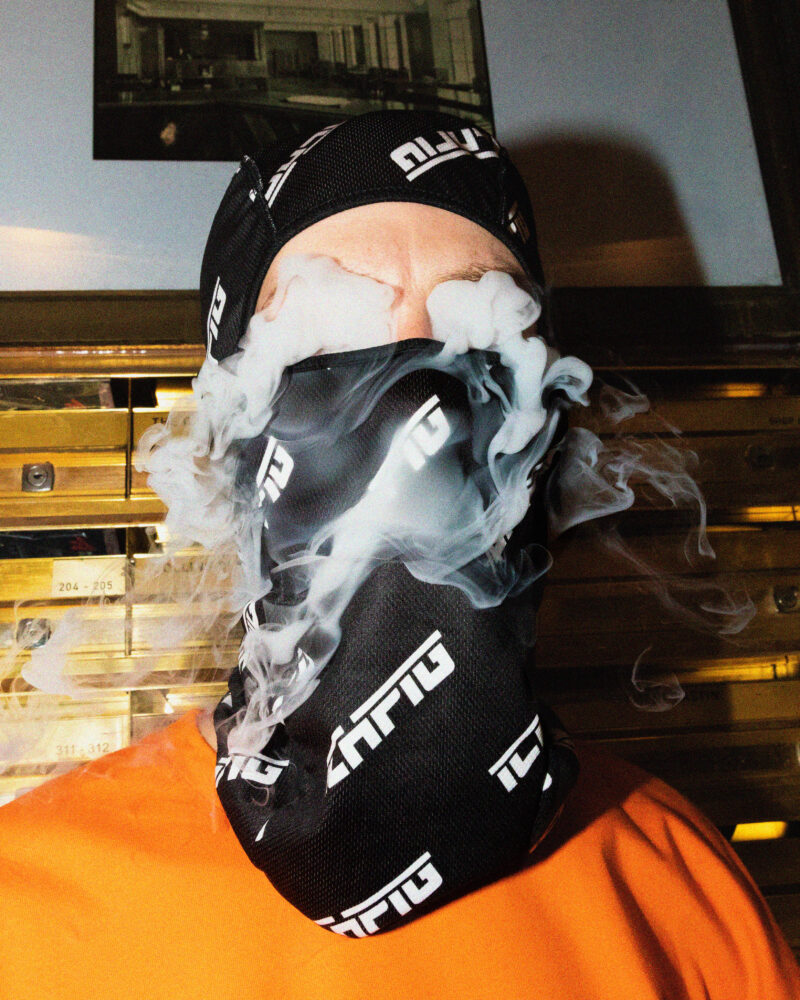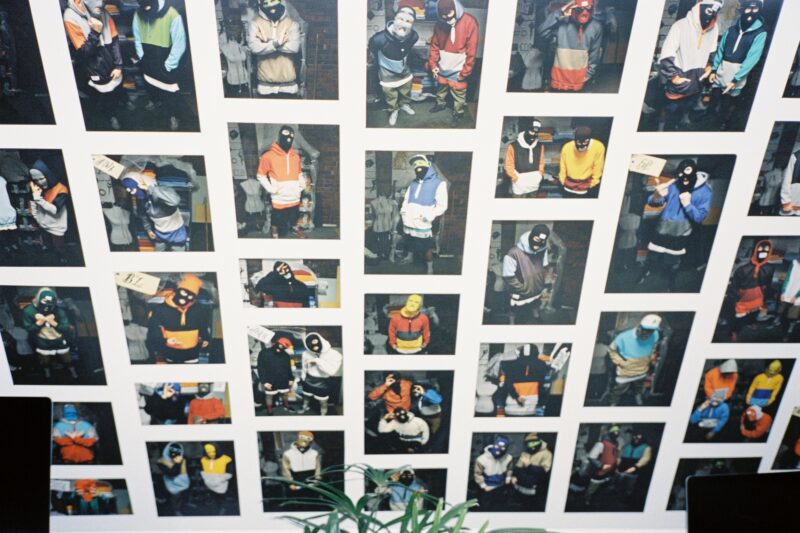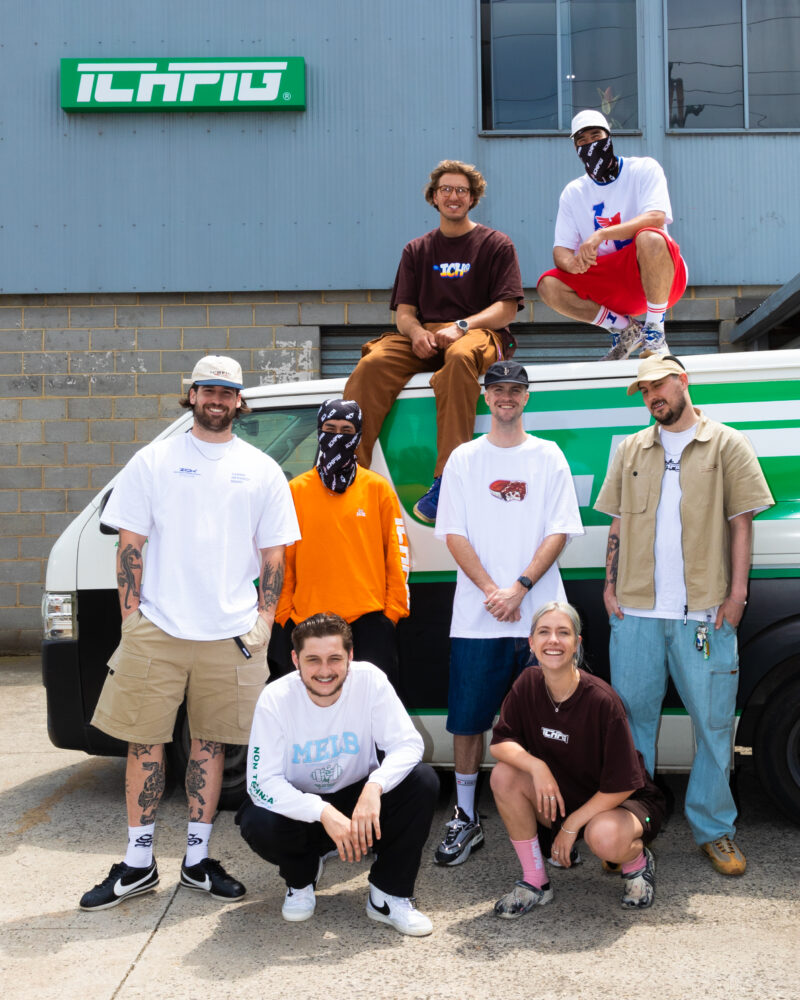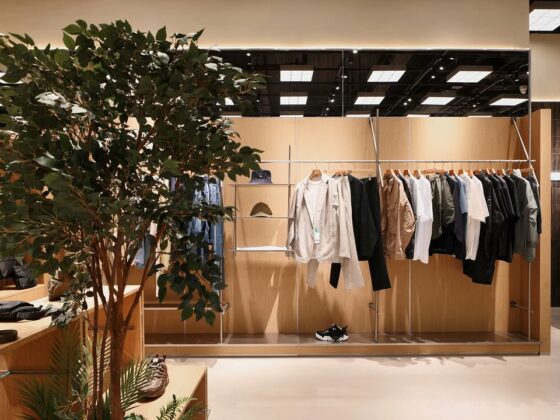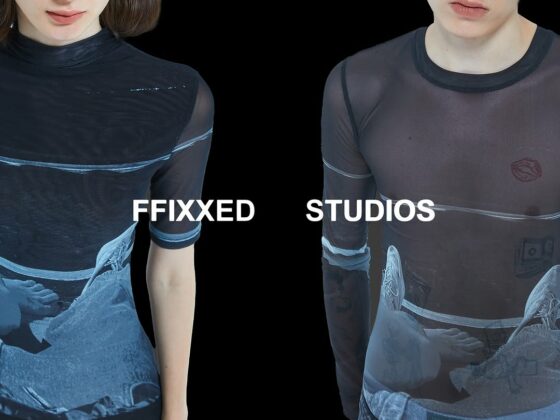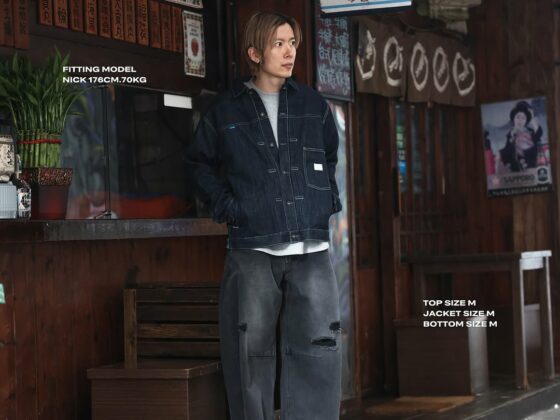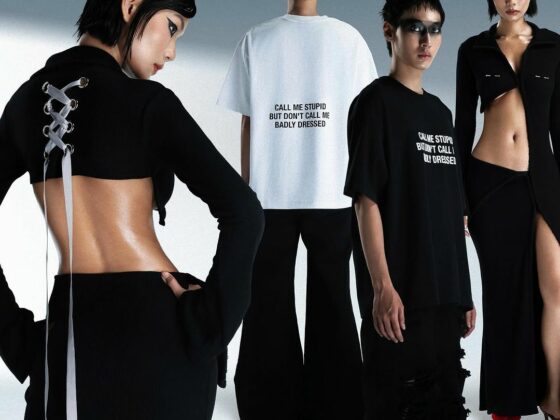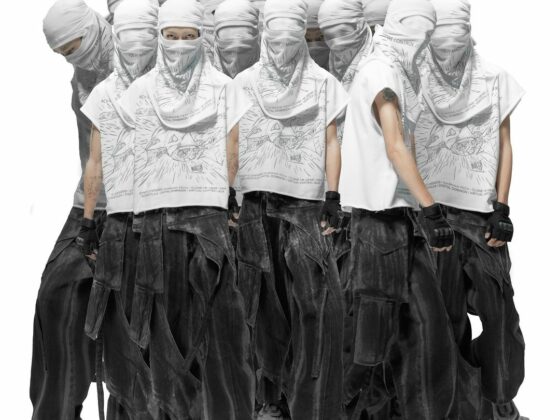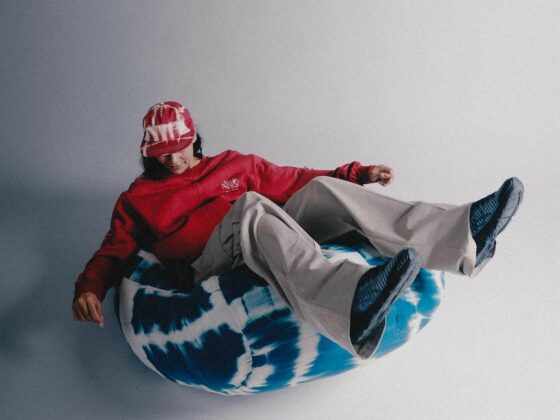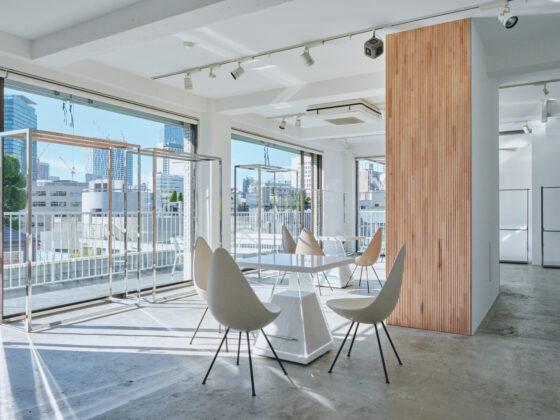Nana: Fashion has infinite possibilities, and new power is born from it. As a carrier of culture and times, fashion encompasses everything. From trendy to traditional culture, from celebrities, idols to everyone’s daily life, and from West to East, it is our discourse, our power, our time. Through Asian Voice, we hope to spread the local Asian fashion culture to the world by moving cross languages and borders.
In this issue we welcome ICHPIG®, an Australian made streetwear brand who focus on ethical and sustainable manufacturing practices. This is our first issue with a brand from the wider part of the Asia-Pacific region, Australia.
The brand was born on a snowboarding trip, which is a very interesting story. Thirteen years after the creation of the brand, Co-Founders Nate and Alex Orton continue to be hands-on, from managing the manufacturing of their garments, to producing content, dispatching orders, etc., which is one of the key factors to their success.
ICHPIG’s focus on producing their garments both ethically and sustainably onshore in Australia deserves our attention. Some of these focuses include refusing to take part in Black Friday 2022, recycling dead stock items to produce one-of-one customs, valuing garment longevity to slow down stock turnover and so on. These ideals of caring for everyone in their supply chain whilst considering the environmental impact, form the foundation of the brand. ICHPIG® only makes clothes that will last a very long time.
The name ICHPIG® can be broken into two parts: “Ich” coming from the regimented Japanese counter for “one” and “pig” symbolising the Team’s relentless hunger. Both Co-Founders are also fond of Japanese streetwear brands such as: XLarge, Atmos and The Black Eye Patch. Let’s look forward to seeing some collaborations in the future.
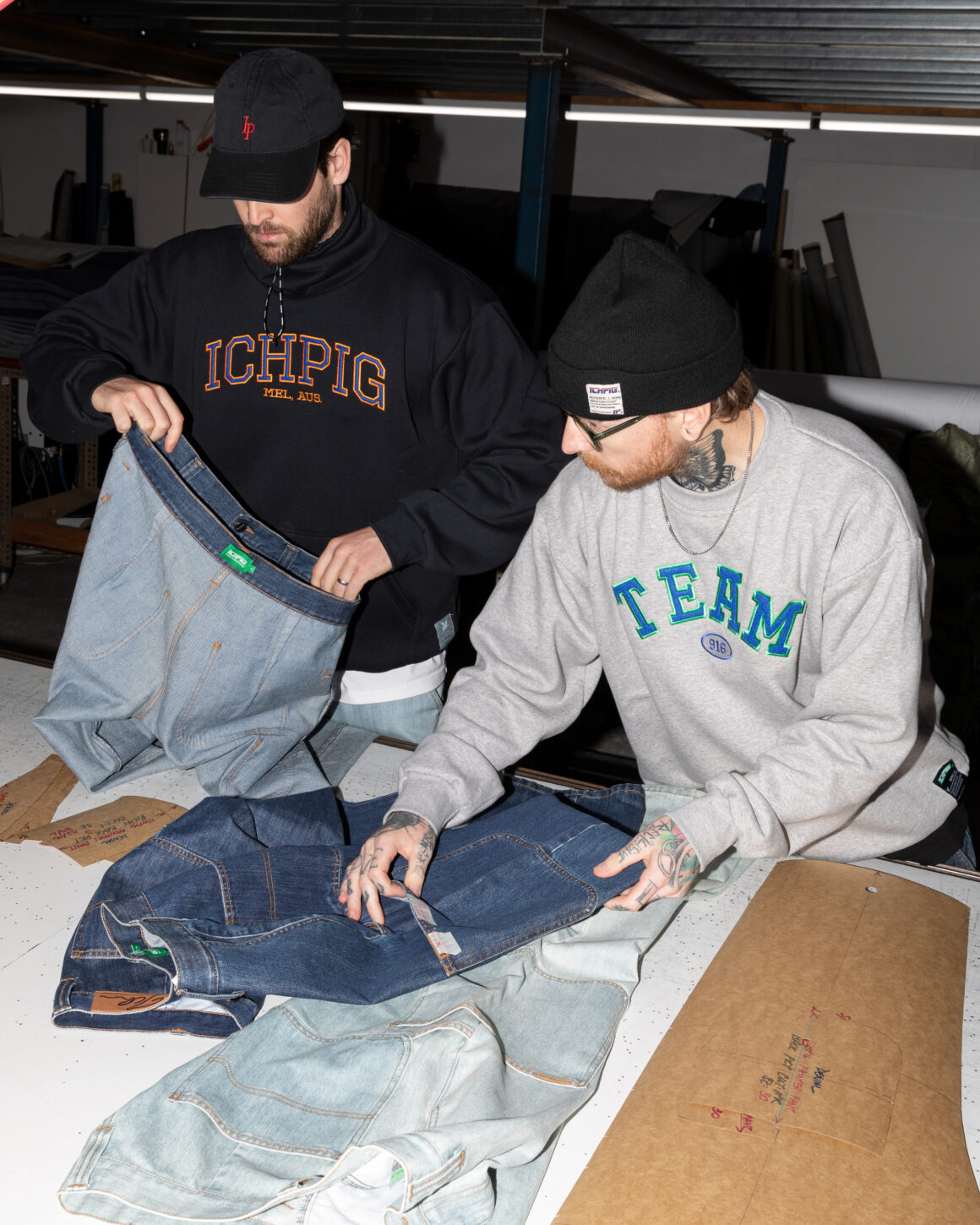
Nana: Could you please introduce yourselves as well as ICHPIG to our readers?
Nate: I studied industrial design at university and Alex did fine arts, focusing on oil painting, at the prestigious art school Victorian College Of The Arts. At the end of 2009 Alex and I decided to go on a snowboarding trip together, to Hakuba, Japan. I was teaching snowboarding and whilst on the trip one of the instructors we were living with taught me how to crochet beanies. I was addicted and from there we started buying wool from the local supermarket.
The supermarket had so many unique colours of wool, so every week we would go there and buy new yarn. All the instructors that were living with us really enjoyed picking their own color-ways for their beanies and then somehow we decided to turn this idea into a brand. This was the earliest instance of ICHPIG®.
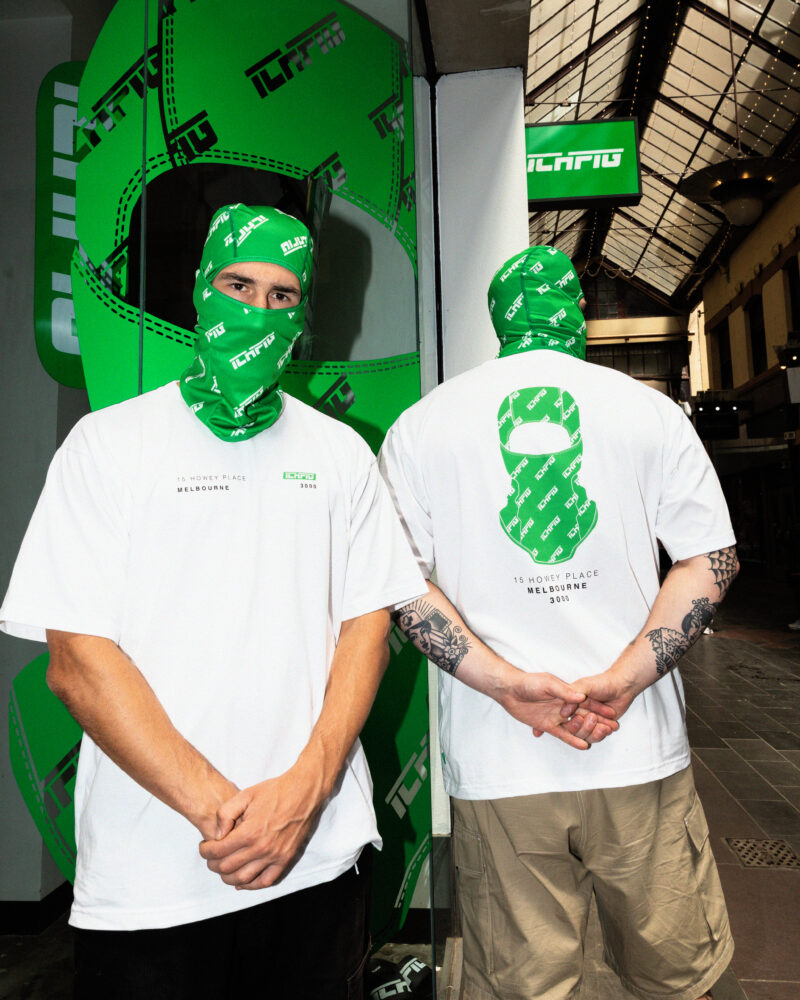
Nana: Why did you decide to name your brand ICHPIG?
Nate: We were actually going to call it “One Pig”, the idea was that everyone referred to us as pigs in the sense that we were relentless, whatever we focused our eyes on we chewed through it like a pig would with food. The “one” referred to the singular focus on whatever it was we were charging towards. We had such a love for Japan and were living there at the time, we decided to use the Japanese counter for “one”, “ich-i” or (“ich” for short) and so ICHPIG® was born.
We then came back to Australia and decided to apply the same custom beanie concept to clothes, as Alex was/is a really talented sewer.
Alex: ICHPIG® also was rooted in the concept of one and one and that’s something that we picked up from the Japanese culture of perfecting your craft and that’s why we wanted to highlight the Japanese culture in the name rather than “One Pig”. Nate came from an industrial design background and I came from a fine arts background. I knew how to make things look pretty and he knew how to make them work / function.
Nate: When we started we didn’t know what we know now, you learn a lot after being in business for 13 years. I guess the thing that’s always made the company successful is Alex and I’s ability to basically do everything ourselves from manufacturing clothes, to producing content, dispatching orders, etc. I even ran the financials and bookkeeping for a very long time and Alex has basically created our whole creative process for garment design /graphics and the brand’s voice. We’ve basically done everything in the business and looking back on it now we’ve realized that what we were always about creating uniquely independent ways of thinking.
It’s that combination of uniqueness and independence. A lot of streetwear brands, they just make a simple design with no concept, then get it produced offshore somewhere around the world and ship them back and sell the products. That’s all.
Obviously that method changed a little bit with e-commerce and Instagram influences, but back in 2010 when those things didn’t exist, we decided we’re going to make garments here in Australia and then on top of that, make them custom as well.
Now we are probably one of the most well known Australian streetwear brands and that’s because of our uniquely independent ways of thinking, manufacturing ethically and sustainably onshore.
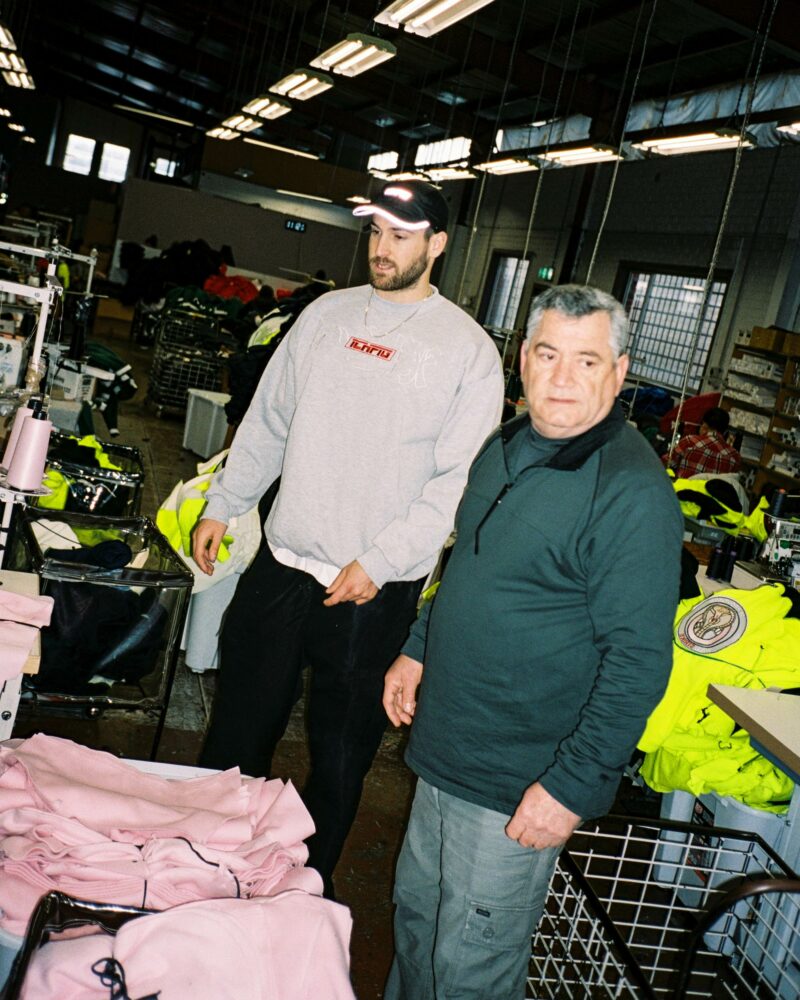
Nana: I also saw the recent Instagram videos there’s a lot of people lining up to purchase and I know that there’s a momentum coming up in Australia and it’s very surprised to see it.
Nate: The thing for us is that we’re probably doing the best job of explaining who we are and what we’re about. And people really care about ethical and sustainable parts of our business.
When we started, we were recycling dead stock and turning them into these custom one-of-one pieces, and manufacturing them in ethical conditions.
Nana: That’s why there are some articles in the website writing about sustainable issues as well.
Nate: That’s Alex’s work, he is a very talented writer! But yes, this was the reason for not partaking in Black Friday last year, we just don’t believe it aligns with our ethical and sustainable ideals.
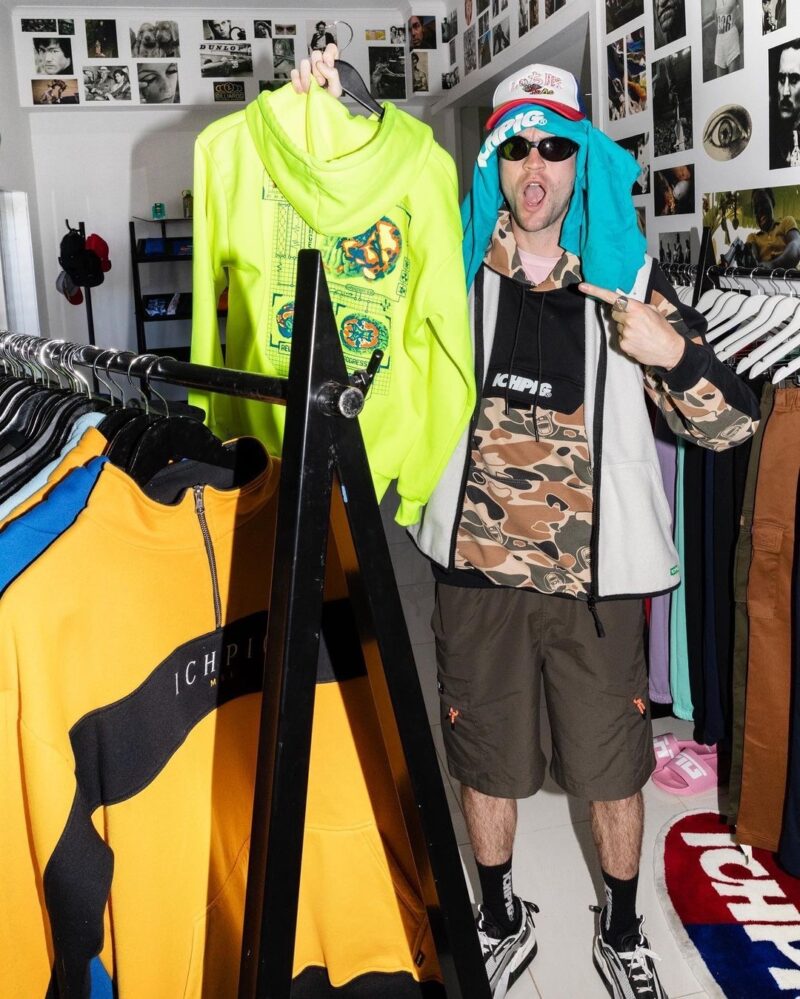
Nana: Who is the main target of your customers basically?
Alex: From 16 year old to mid-30s. We try to keep our fits relatively boxy and oversized and genderless. The brand and its garments are suited for unisex audiences, whilst being gender inclusive.
Nana: In Japan, the streetwear brands are normally from teenagers to twenties, they are not reaching to 30s normally.
Alex: We are quite ambitious in that sense. We want to continue to design for ourselves as well. We do have a lot of product offerings for younger generations, but we’re also still supplying products to our staff who are also our age.
Nate: We are also still quite young at heart. I’m still skateboarding and playing basketball so we’re around young people a lot. One of the things that we’ve managed to do pretty well is to stay true to the original roots of what the brand was. In our 20s we needed certain garments and they had to fit a certain way, so we just made them and that notion hasn’t been lost. We’ve continued that.
I guess the thing for us is that we hold a pretty large portion of the Australian-made market. So that notion of if you want to buy Australian-made garments, that’s an idea that applies to a 14-year-old or a 35-year-old, which means regardless of your age you come and purchase from us. That’s how our demographic can be and is so wide.
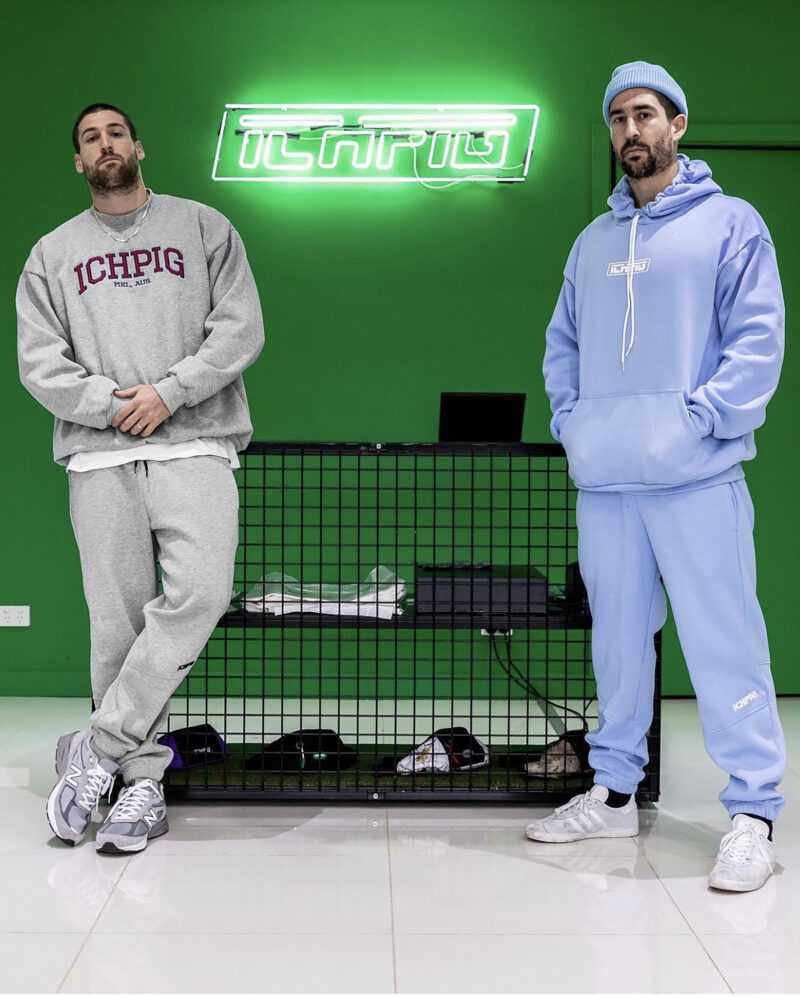
Nana: Very Cool! We would like to ask about the most memorable collaboration experiences that you have done so far. Is there any interesting story you want to talk about?
Alex: I think it’s the recent project with a bicycle shop called Saint Side. It’s a bike shop turned into a clothing brand and they’ve been around for 14 years. It was two pillars from the western suburbs of Melbourne coming together to produce a clothing collaboration to stamp out Black Friday. Because they’re a small independent retailer like us, there was a natural alignment. The idea was to bring together two communities and actually release the collection on Black Friday, as a protest to the foreign sales day.
We didn’t discount anything, the idea being to bolster independent retailers in Australia and it was well received, instantly selling out.
Nate: There was a huge line. To be honest, that line was pretty crazy because it was not in the centralized CBD and also it was on the day when the state we live in had to vote. It was also the weekend of Black Friday sales in shopping centres and malls. So there was a lot of competition and distractions everywhere.
I think the line was over 150 people, even though nothing was on sale and the pieces we dropped were quite expensive.
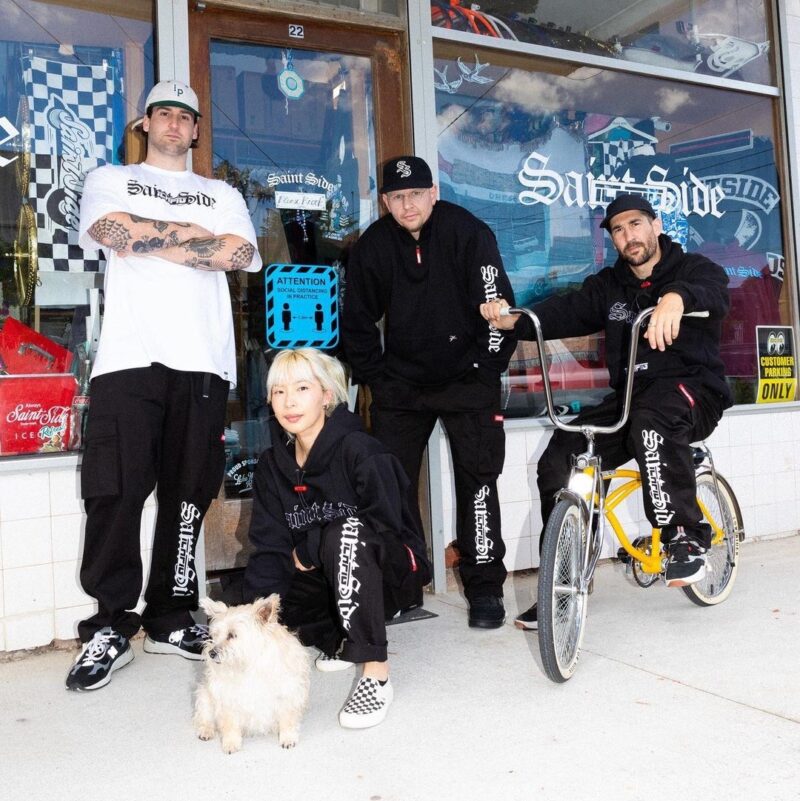
Nana: Despite this, the teenagers still lined up for it right?
Nate: Because teenagers know that if they buy one of our hoodies, it’s going to last like 5 to 10 years. It’s better for the environment and it’s made under fair working conditions.
Alex: Australians and especially clothing consumers understand what ethical manufacturing is or what ethical manufacturing is not. They are really supportive of our brand.
Nana: So the customers have the knowledge and understanding about the importance of sustainability.
Alex: They’re much more educated now than they were when we first started 13 years ago. They definitely understand what goes into producing clothing here in Australia so they are willing to spend on the higher price.
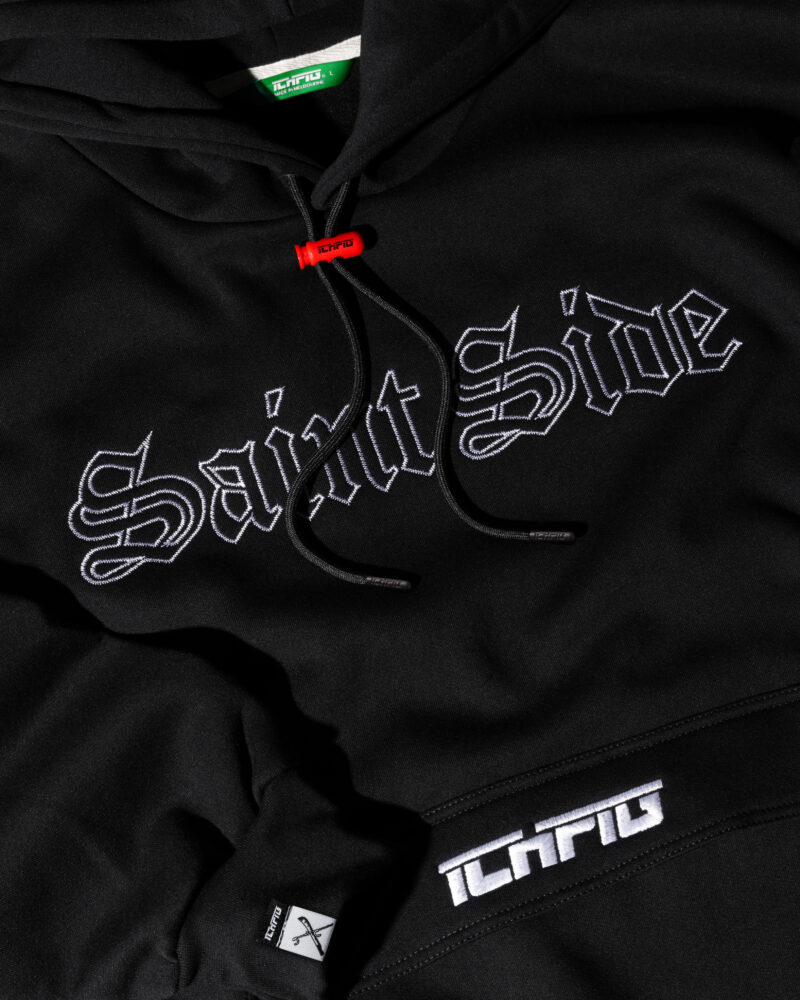
Nana: How do you come up with your new collection? If it’s possible could you share a little bit about your next collection?
Alex: We have a pretty unique calendar for collections. We used to actually release twice a week, every week. So we’d have 104 collections a year, but now it’s around thirty per year.
Inspiration for most of our collections either come from archival pieces we’ve done, like developing renditions of them and refinements / updates.
We think about what our consumers actually need rather than what they may want, and a lot of our color-ways stem from sneaker culture as well. A lot of the early bespoke paneling and custom work is still used today as it formed our brand’s DNA.
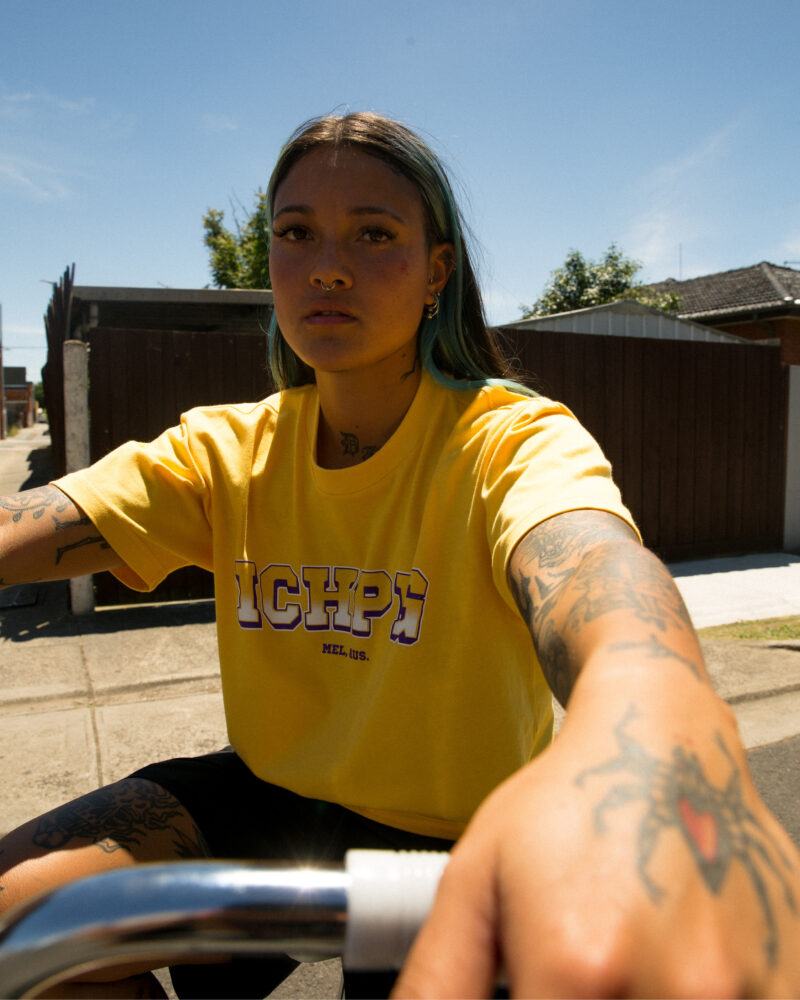
Nana: What are some of the most challenging experiences you’ve had with the ICHPIG®?
Alex: One of the biggest challenges early was when we had to cancel and put a stop to our custom program that had been running for about four or five years. The demand got to a point where we couldn’t actually match its supply. We had to focus all of our attention on the custom program, which was stopping us from pushing our ready-made line as hard as we wanted to. That was quite challenging because originally ICHPIG® meant one and we actually wanted to continue to produce one of ones for sure.
Nate: All the knowledge that we learned from making custom color-ways was so valuable though. Because we weren’t committing full production lines to them and just making one of ones, we could experiment with what didn’t work, and discover a lot of color-ways that we would have never learned, and then put them into our ready-made line once custom stopped. But that was still really challenging because custom represented about 50% of ICHPIG’s revenue at the time.
Nana: Do you have any advices for our readers who want to have their own career in the fashion industry?
Alex: Whatever the project is, you just have to come at it in a unique way. Like our sustainability and ethical interests, we don’t just put stuff out there that’s already in existence, we try to think about things uniquely. Just create something that’s truly yours and truly authentic to yourself. And I think that will resonate with customers.
Nate: I don’t know about Japan at the moment but here in Australia, I feel like there are a lot of brands out there that are just making brands for the sake of making brands. We produced garments because we couldn’t find anything that fitted us how we wanted it to fit. We will always stay unique because Alex and I are always looking to manufacture garments you/we can’t find and then we just manufacture them here in Australia.
Alex: I think globalization and the internet have sort of stemmed out of that and there are amazing things that come from the internet, but unfortunately it’s also given people direct access to manufacturers all around the world and they’re just buying blanks from the factory, not making their own garments and patterns. These factories are supplying all these micro brands with pretty much the same stuff and it’s kind of just putting more supply of the same thing out there in the world, that doesn’t necessarily need to be there.
I think it’s important to be unique, original, authentic and push something new.
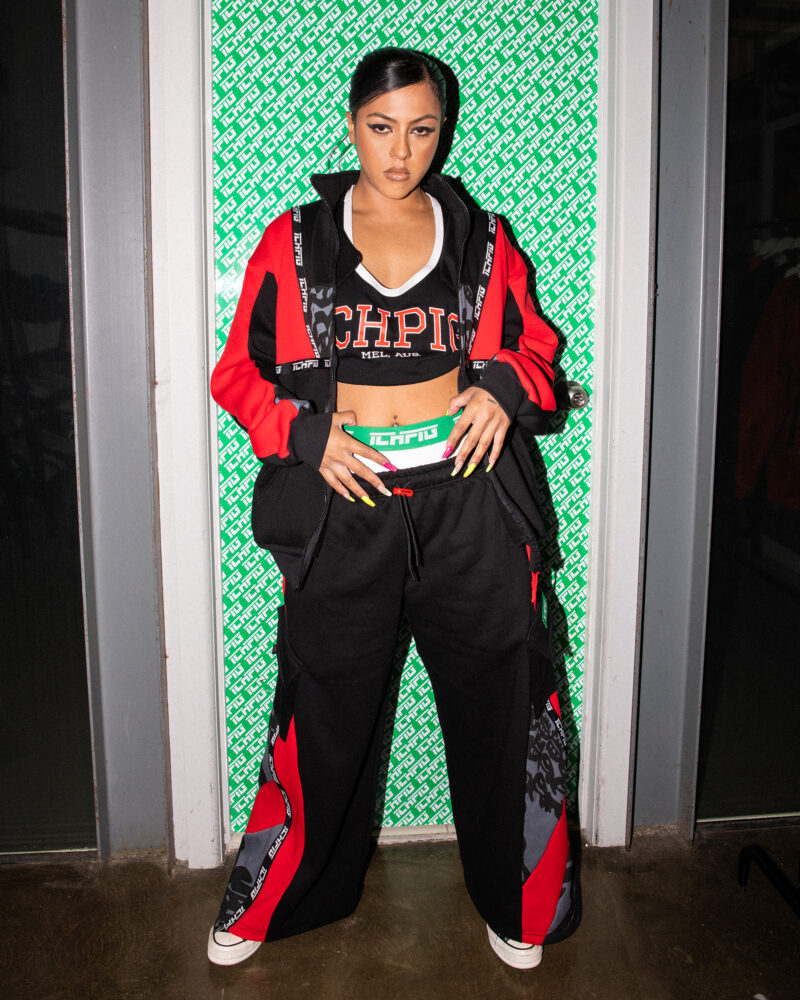
Nana: Some people try to make a brand and focus on selling things cheap. This means lowering costs and choosing cheap production methods and fabrics, but the result is still not good, even though it’s cheaper for the customer.
Nate: That’s why we decided not to participate in Black Friday this year as well. It’s just promoting unsustainable mass consumption, we don’t want to be part of that.
Nana: That’s not your ethics.
Nate: Yup that’s it, it’s not us anymore. The world is becoming really polluted and as Alex said in his monologue on our instagram about Black Friday, it’s cheapening the work of our manufacturers by selling them heavily discounted, it’s devaluing them and ICHPIG®.
I think it’s important to be unique, original, authentic and push something new.
Text: Yiyao Zhang



